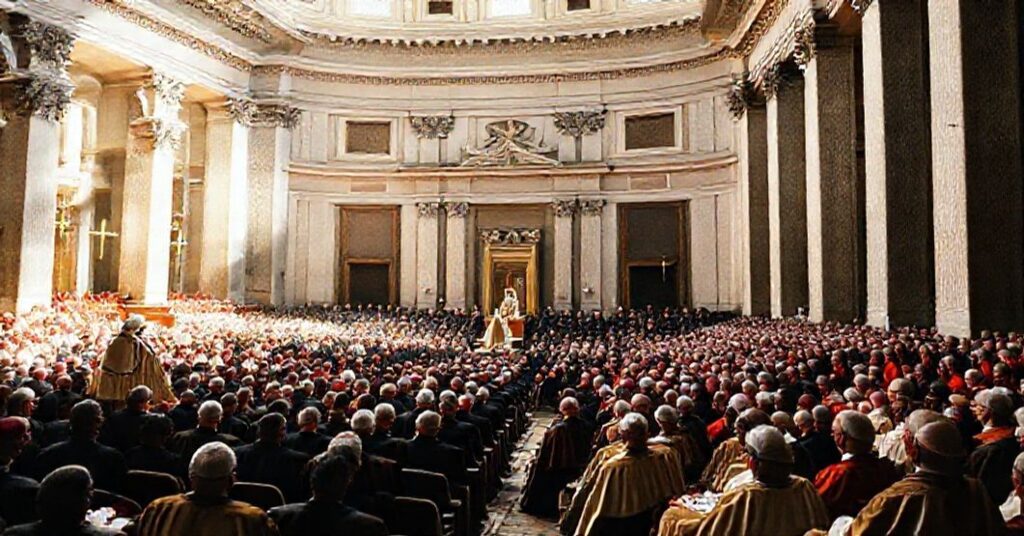Allocutio Ioannis XXIII (1958.12.15)
On 15 December 1958, John XXIII delivered a secret consistory allocution in the Apostolic Palace: he thanked civil rulers and the world for their congratulations on his election, praised the universal sympathy shown to the “pope” as a sign of the Church’s vitality, lamented persecution of Catholics in Communist China, called for fidelity to the Roman See, condemned illicit episcopal consecrations without “Apostolic mandate,” and announced the creation of 23 new “cardinals” to strengthen the Curia and global governance of the “Church.” In reality, this text is the early programmatic self-unveiling of the conciliar imposture: a sentimental, horizontal, and political manifesto which instrumentalizes genuine sufferings, empties the supernatural Primacy into diplomatic theatrics, and lays institutional foundations for the neo-church of Vatican II and its globalist, paramasonic agenda.










